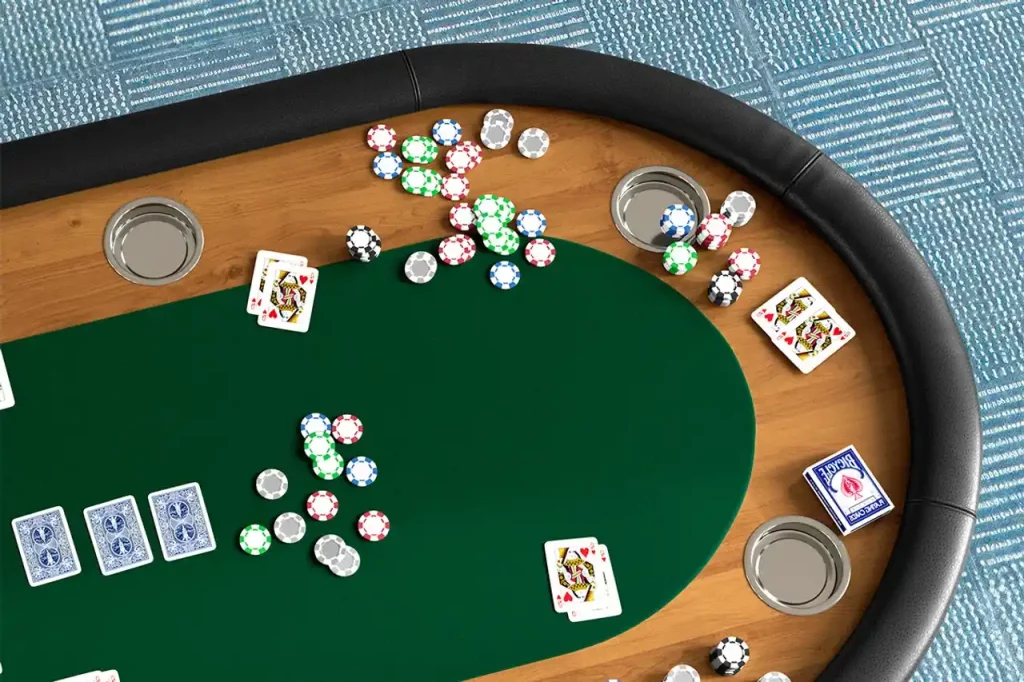Middle Position in Poker
There are not as many positions in poker as you might think, but each of these positions is important in its own way and each individual position has its own special features, including the middle position, or MP as it is commonly known. Occupying the seats that are the link between the early positions and the late positions, MP players are usually the sixth, seventh and eighth seats at a ten-person table.
Action from the middle position brings a change in strategy to the game. While these positions do not offer the same informational advantage as the late positions, they are not without their own tactical advantages. By being in middle positions, players are able to observe the actions of those in early positions, which provides valuable information about the potential strength of their hands. This partial information can form the basis for more informed decision making, allowing MP players to adjust their approach based on the actions of those in early position.

In addition, being in middle positions allows for flexibility in play style that is less available to those in early positions. With some information about how the hand develops, MP players can choose a tighter or looser style of play depending on the situation. This ability to adapt can be a significant advantage, allowing players in middle positions to take advantage of opportunities to put pressure on their opponents or to fold when the risk outweighs the potential reward.
Playing in middle positions also means that, although you have to contend with the actions of players in later positions, you have more leeway in opening your hand range. Combining partial information from previous actions and pending decisions of players in later positions can help MP players make more informed choices about when and with what hands to enter the pot.
Strategy of Playing in the Middle Position
As I studied poker, I realized that playing from middle position has its own nuances. While it is generally recognized that this position does not offer the same advantages as late positions, it certainly offers an advantage over early positions, and this realization has significantly changed my approach to the game.
Playing from the middle position, I realized how important it is to closely observe those sitting in the early positions. Their actions can provide invaluable information about the strength of their hands. For example, a player in early position, especially one sitting on the big blind, who is following a tight strategy, is likely to have a strong hand. The tendency of players in these seats to avoid bluffing or aggressive moves without a solid basis for the hand has taught me the importance of caution. The likelihood that a tight player will have a decent hand when he decides to enter the pot is considerably high, and I will make my decisions starting in the middle.
At the same time, my strategy has to take late position players into account as well. The dynamics change significantly when facing these opponents, as their advantage to act last gives them a broader strategic perspective. When I decide to raise or raise from middle position, the possibility of late position players calling or trying to outsmart me is crucial. Their ability to observe the actions of most players before making their move means that they can confidently play a wider range of hands, forcing me to choose my battles carefully.
To play effectively from middle position, I have adopted a strategy of balanced aggression and restraint. Watching players in early position gives me a fundamental understanding of potential hand dynamics, telling me when to tighten up play or seize opportunities to apply pressure. At the same time, by anticipating the possible responses of late position players, I decide whether to engage or fold to avoid easy exploitation.
This is a strategy that takes advantage of positional advantages, relying on partial information from other players’ actions to make more informed decisions. My experience has shown that while middle position can present some challenges, it also offers unique opportunities to influence the course of the game.

